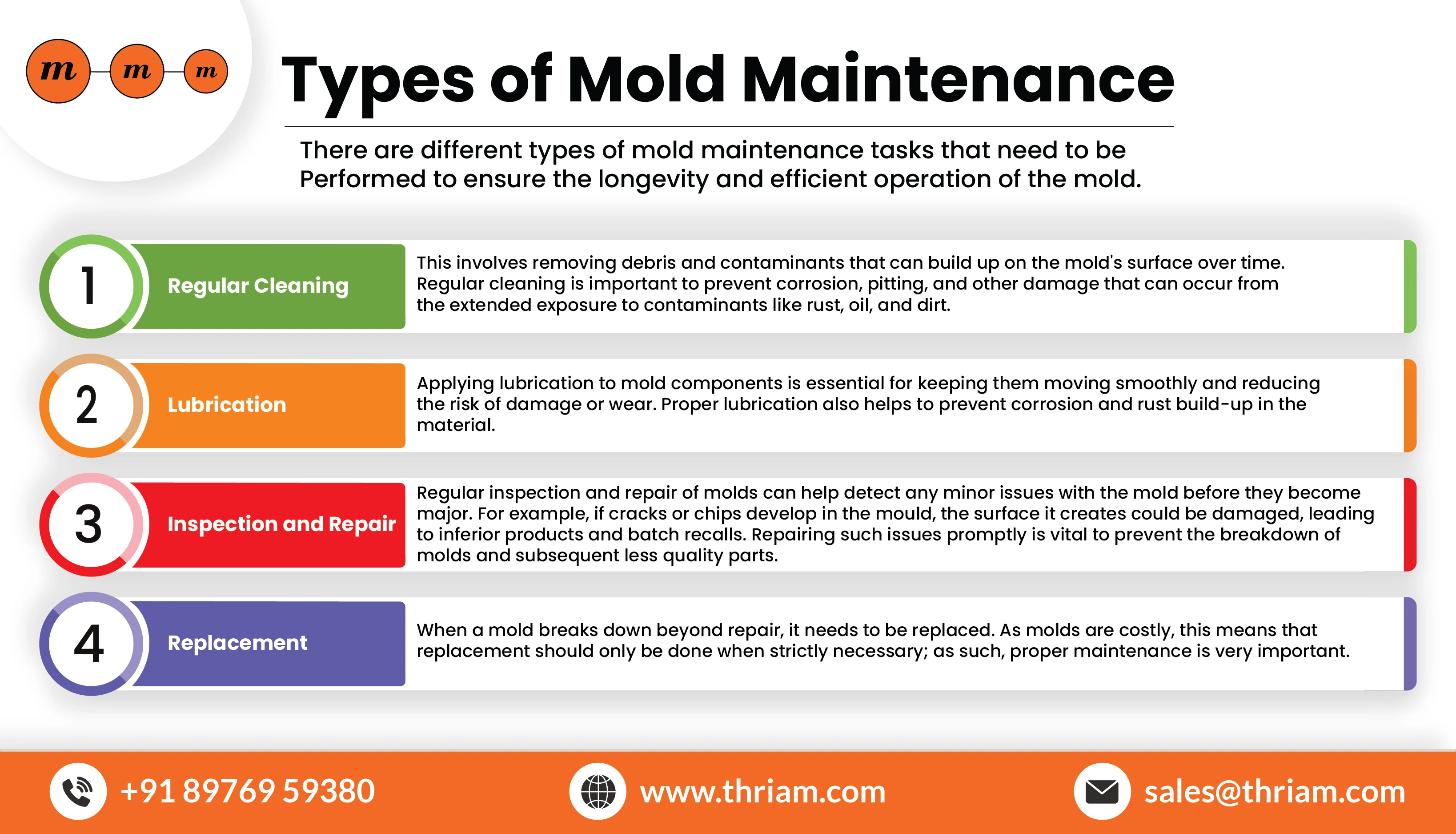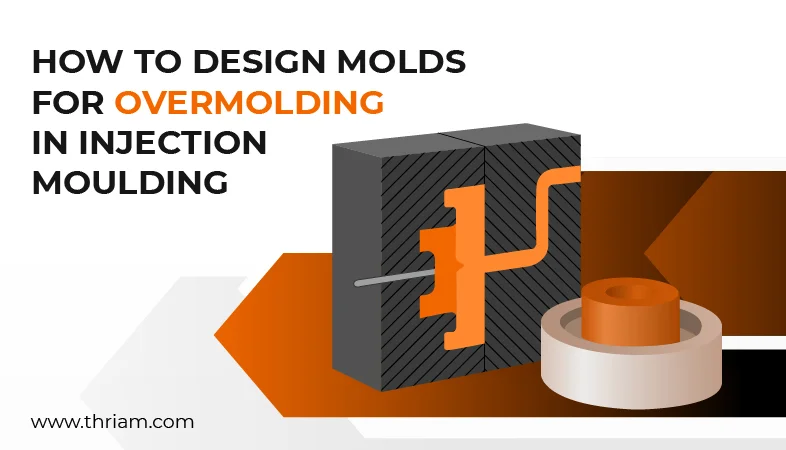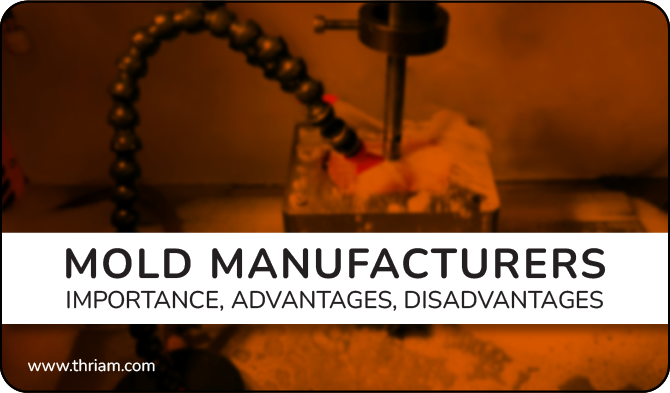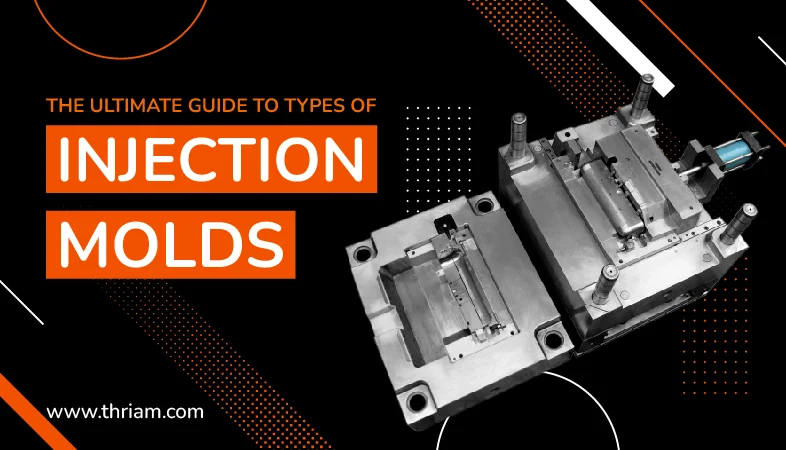Powering Up Your Molds: The Significance of Maintenance in Prolonging Lifespan and Performance

Molds are an essential tool in manufacturing plastic products. Without them, it would be impossible to create complex shapes or produce precision plastic parts. However, molds are not indestructible and require regular maintenance to ensure their longevity and proper function.
What is a Plastic Mold: Definition and Types
Definition of a Plastic Mold
A plastic mold, also known as a mold or a tool, is a device used to shape and form plastic materials during the manufacturing process. It consists of two main parts: the core and cavity. The core is a hollow section that gives the molded product its internal shape, while the cavity provides the external shape. The plastic material is injected into the mold and allowed to cool and solidify, taking the shape of the mold cavity. After the cooling process, the mold is opened, and the final product is ejected.
Plastic molds are typically made from durable materials such as steel or aluminum, which offer high strength, heat resistance, and longevity. The design of the mold is crucial to ensure the accurate reproduction of complex shapes with intricate details.
Types of Plastic Molds
There are several types of plastic molds available, each designed for specific molding processes and product requirements. Here are some common types of plastic molds:
Injection Molds: Injection molds are the most widely used type of plastic molds. They are used in the injection molding process, where molten plastic material is injected into the mold cavity under high pressure. Injection molds are versatile and can create a wide range of plastic products, from small, intricate components to large, complex parts.
Blow Molds: Blow molds are used in the blow molding process, which is commonly used to produce bottles, containers, and hollow-shaped plastic products. In blow molding, hot plastic is inflated into the shape of the mold cavity by compressed air, resulting in a hollow product.
Compression Molds: Compression molds are used in the compression molding process, where a preheated plastic material is placed into an open mold cavity. The mold is then closed, and heat and pressure are applied to compress and shape the material. Compression molds are often used for large, thick products or for thermosetting plastics.
In this blog, we'll discuss the importance of mold maintenance and how it can be used to prolong mold lifespan and enhance its performance.
Mold Maintenance: Definition and Importance
Mold maintenance refers to the process of regularly maintaining and servicing molds to ensure their efficient operation and long-term durability. The importance of mold maintenance cannot be overstated, as it directly impacts the quality of the final product. By properly maintaining molds, the risk of damage or corrosion is reduced, ultimately leading to more reliable and better quality products.
Types of Mold Maintenance

There are different types of mold maintenance tasks that need to be performed to ensure the longevity and efficient operation of the mold.
- Regular Cleaning: This involves removing debris and contaminants that can build up on the mold's surface over time. Regular cleaning is important to prevent corrosion, pitting, and other damage that can occur from the extended exposure to contaminants like rust, oil, and dirt.
- Lubrication: Applying lubrication to mold components is essential for keeping them moving smoothly and reducing the risk of damage or wear. Proper lubrication also helps to prevent corrosion and rust build-up in the material.
- Inspection and Repair: Regular inspection and repair of molds can help detect any minor issues with the mold before they become major. For example, if cracks or chips develop in the mould, the surface it creates could be damaged, leading to inferior products and batch recalls. Repairing such issues promptly is vital to prevent the breakdown of molds and subsequent less quality parts.
- Replacement: When a mold breaks down beyond repair, it needs to be replaced. As molds are costly, this means that replacement should only be done when strictly necessary; as such, proper maintenance is very important.
Mold Maintenance Process
Mold maintenance involves following a comprehensive process that includes some necessary procedures to ensure optimal performance. The following are some steps involved in the mold maintenance process:
- Preparing the mold for maintenance by making sure the mold is clean and ready for inspection.
- Inspecting the mold to check for any wear and tear, damage, or corrosion.
- Removing the mold from the holder and cleaning it thoroughly with a solvent.
- Inspecting the cooling system to ensure the waterways are clear and the channels are clean.
- Lubricating the mold components with the appropriate lubricant.
- Reassembling the mold and running a test to ensure it works correctly.
- Keeping a detailed log of maintenance activities for future reference.
Common Mold Problems
Molds can develop various problems over time that can impact their effectiveness and lifespan. Some of the common problems with molds include:
- Corrosion due to exposure to chemicals or the environment.
- Wear and tear due to usage or improper handling.
- The formation of cracks or scratches can impact the integrity of the mold surface.
- Lost tension in moving parts leads to inaccuracies in the parts manufactured.
Recommendations for Effective Mold Maintenance
Here are some tips for effective mold maintenance:
- Regular maintenance: Molds should be maintained regularly to reduce the need for repairs and prolong their lifespan.
- Keep molds clean: Keep molds clean to prevent build-up that could cause corrosion, damage or affect its appearance.
- Inspect molds regularly: Inspect molds regularly to detect any potential damage or other problems before they become significant.
- Lubrication: Use the appropriate lubrication to prevent rust and wear and tear in the moving parts.
- Repairs: Fix any minor problems promptly before they become serious and lead to needing a complete replacement.
Conclusion
Mold maintenance is an essential part of ensuring mold longevity and efficient performance. Implementing a proper mold maintenance schedule can help prevent downtime, expensive repairs, and increase the lifespan of molds. Through regular inspection, cleaning, and lubrication, you can get maximum use from the molds and save time and money in the long run. Don't overlook the importance of mold maintenance in manufacturing processes; instead, make it an essential part of your business operations.



